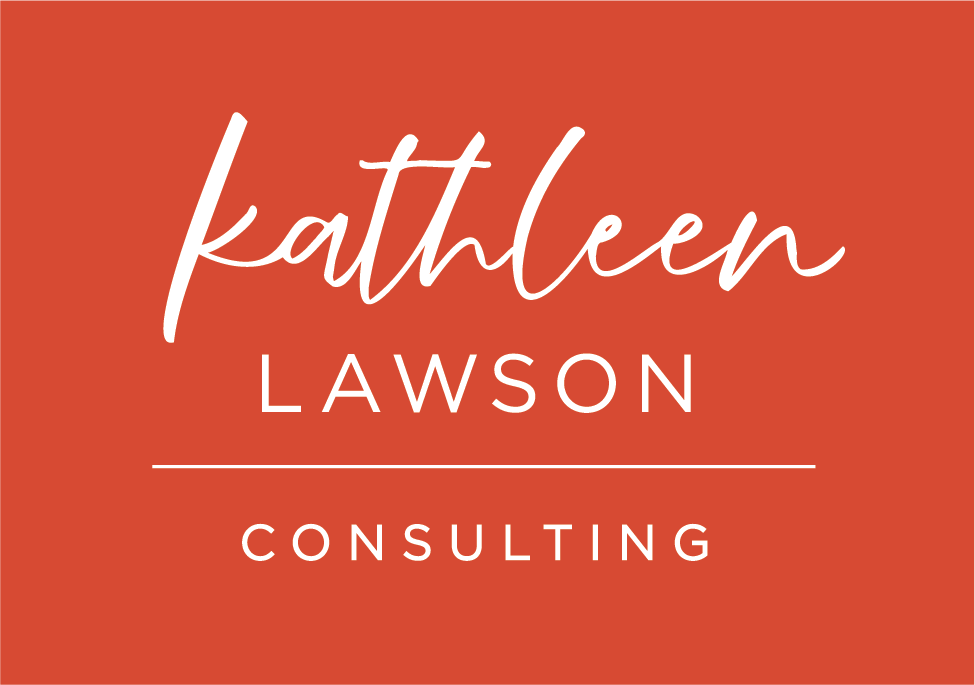Do you need a CRM in your business?
This is a great question, one I address often. CRMs are wonderful tools if you’re clear on the purpose one will serve specifically for you and your business.
It’s a funny thing how quickly your business contact list multiplies. One day you have a few clients and contacts then suddenly there are hundreds, like rabbits in Spring time.
Where do you keep them? How do you organize them? What the heck do you do with them?
If this is you, it sounds like you might be ready for a Customer Relationship Management system. When my clients ask me about this, my first question always is:
“What do you want to use it for?”
And they give me that big, doe-eyed look of overwhelm, just like Thumper’s friend Bambi. Here’s some information to help you see the general differences.
Choosing the Right CRM for You
Before you choose a system you really have to be clear on your strategy for using the CRM. You also have to decide if and how much you want to invest in a system.
I’m going to break it down into two different types of CRMs. They all have unique capabilities, and you’ll have to decide which one offers you the most for what you want to accomplish.
Using a Collaborative CRM to Manage Current Clients
Example: Dubsado and Honeybook
If you have a service-based business, these are great for contracts and invoicing, work flows, and automations. They are consistent and efficient, which makes them worth their monthly or annual cost.
Here are some of the benefits this type of CRM provides:
• automated scheduler
• work time tracker
• proposals
• contracts
• invoices and reminders
• questionnaires/forms
Automations are the beneficial feature here. With these types of programs you can automate your entire onboarding sequence. It’s like dominoes. You set the first action in motion and it triggers the next one and so on until it reaches the last task on the automation list. You do the first thing - send off a proposal, and the rest of it - the approve proposal, sign contract, pay invoice, receive email to schedule meeting, receive questionnaire to fill out - all happens automatically.
If you have a service-based business, a collaborative system like Dubsado or Honeybook makes things consistent and efficient. They are high value programs for a small investment.
Using an Operational CRM to Manage All of your Clients
Example: Hubspot and Pipedrive
This type of CRM can organize and track all of your contacts that you make from networking, referrals, and your past, current, and potential client base. You can categorize and organize all of your contact data in the best way that suits how you want to communicate with them.
For example, if someone asks me for a recommendation for a web designer, I can set it up in my system so that I can select a button and see all of the web designers I know together in the same place.
As you enter each new contact, your operational CRM can prompt you to do a number of things, including:
• Send an automated follow up email
• Reach out on social media two weeks after the email
• Check back 2 months after that
You can categorize your next actions in different ways or sort by different pieces of data, depending on what you want to accomplish.
If your marketing and sales focus depends on organic growth, then networking is most likely a considerable part of how you initially connect with people. Since not everyone will hire you after one interaction, building relationships is paramount to your business success. The right CRM will track information that makes continual connection easy and effective.
There are many factors to consider when choosing the right CRM for your business. Need someone to talk you through your options? I’m happy to chat.
P.S. Ready to stop spinning in place and get to the other side of your goals? Here are several ways I can help:
Download my free weekly planning guide - it will help you become more intentional with your time, develop a clear action plan for your week, and ensure that you are focusing on activities that will move your business forward - Download Now
Join our next CEO Power Planning Session and spend two and a half hours ON your business. During this facilitated workshop, you’ll set and prioritize your next 12-week goals, break them down into an executable action plan and create a resource plan - Join the Wait List
Apply for the next Close the Gap Program and stay on track to achieve your most important goals. 1:1 support and guidance on prioritizing goals, creating a plan and putting structure and routines in place. Then 12 weeks of group support around execution - Apply today


